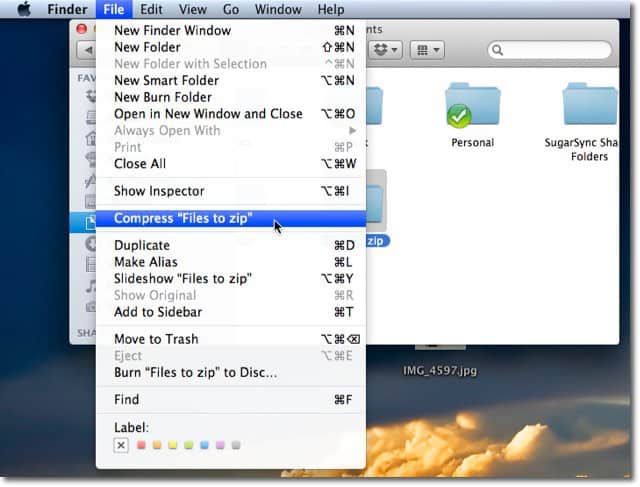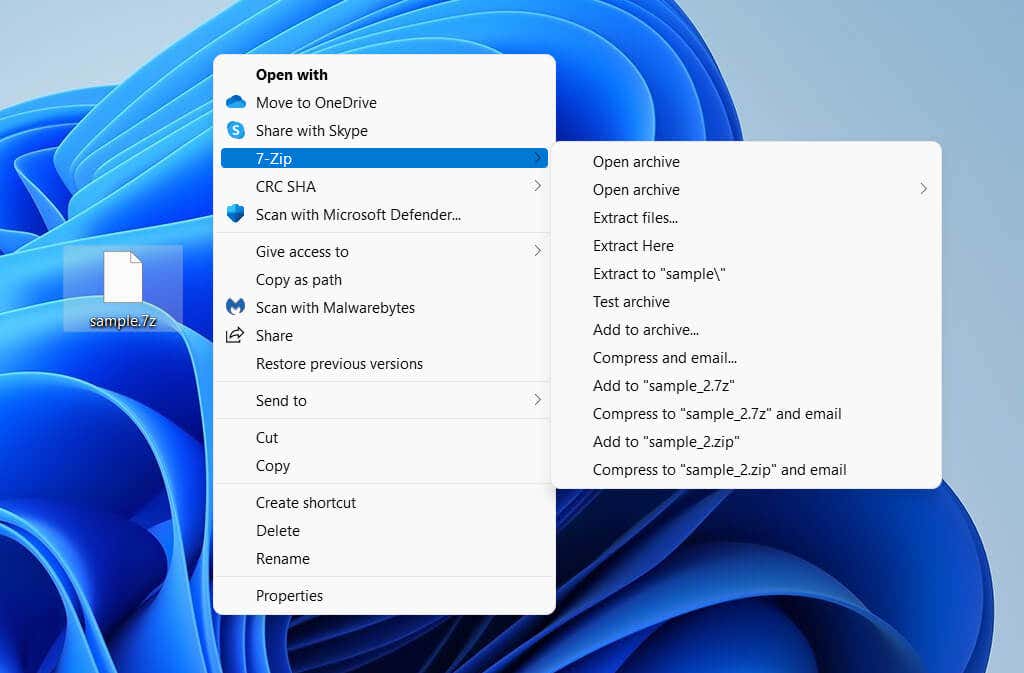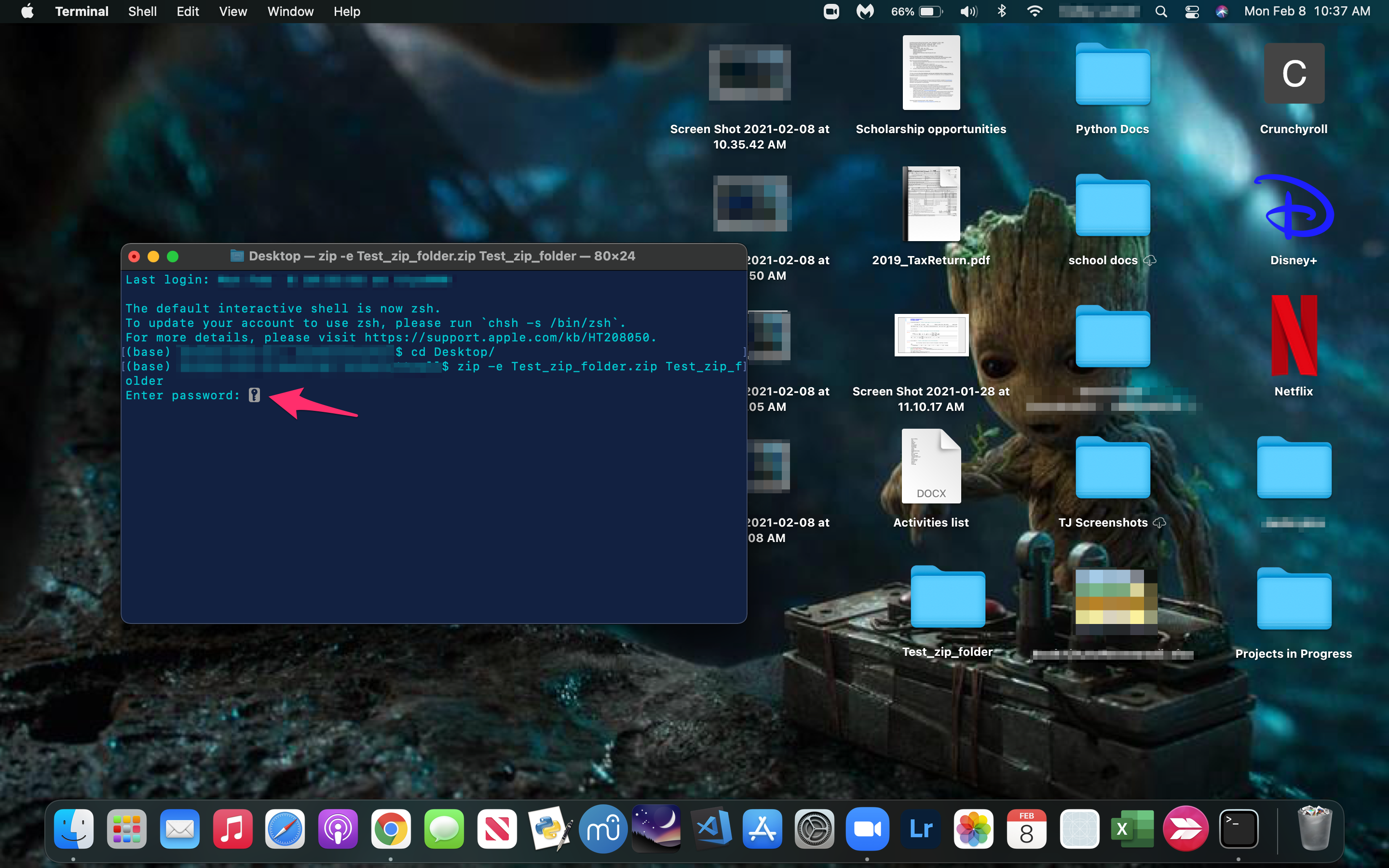

- #Mac os zip select files with folder structure how to#
- #Mac os zip select files with folder structure full#
- #Mac os zip select files with folder structure software#
- #Mac os zip select files with folder structure download#
#Mac os zip select files with folder structure download#
One solution to this is to download CleanMyMac X. Files that seemingly don't exist, or are floating around elsewhere. Files and folders that should be in the right place, but have been put somewhere else. Files in places that once make sense, but are now in the wrong place. It isn't always easy to know where you’ve put every file on your Mac.Īfter a couple of years of constant use, a Mac can start to resemble a cluttered old-school file cabinet.

#Mac os zip select files with folder structure full#
Now copy and paste the full name and drop it into Finder or Spotlight Search.Īlternatively, you can drag and drop the file onto the Terminal window, and it will show the full path. Hopefully, this will bring you to the file you need.A list of names should appear, some or many of which you can ignore as they will be followed by file-end names, such as “operation not permitted” so focus on the ones that make the most sense, such as: /Library/Application Support/randomfilename/settings/.Give it time to process the query, which could take several minutes.Now you need to have something of an idea of what this file might be called, so once you do, type in the following (the name in the middle is where you’d put a file name): find / -name randomfilename.Make sure you are using it as a Super User (which means being logged in as an Admin), so type in sudo su - then press Return.

When every other method has failed, turn to Terminal as your solution. Nice and simple.Īlso known as a folder path, or directory path, they aren't always easy to find.
#Mac os zip select files with folder structure how to#
Make sure to complete pasting/moving it elsewhere, or this will be lost and you will need to find the folder again.Īnd that is how to get folder path in Mac. This information is pasted into the Clipboard. You will see the new command that has appeared in the context menu - Copy …. Now, Control + Click the file you want the location for.Interestingly, the file path will immediately appear underneath the Finder window. But still, you need a complete file address that you can copy and paste anywhere. The selected area shows the enclosed folder of your document.Ĭopying any text from the previous window isn’t easy, obviously. To get a basic understanding of where your file is located, just right-click the file. There is always a way to locate a file path.
#Mac os zip select files with folder structure software#
At times, not knowing the right name can cause software conflicts. We attempt to solve this problem in this article for those tired of looking for files and file paths on a Mac.Īfter trying Spotlight Searches or browsing through files, you might be ready to give up. When you’ve got loads of files - hundreds or even thousands isn’t unusual after a couple of years using the same Mac - it can be difficult to get the correct file path. But to help you do it all by yourself, we’ve gathered our best ideas and solutions below.įeatures described in this article refer to the MacPaw site version of CleanMyMac X. So here's a tip for you: Download CleanMyMac to quickly solve some of the issues mentioned in this article.


 0 kommentar(er)
0 kommentar(er)
